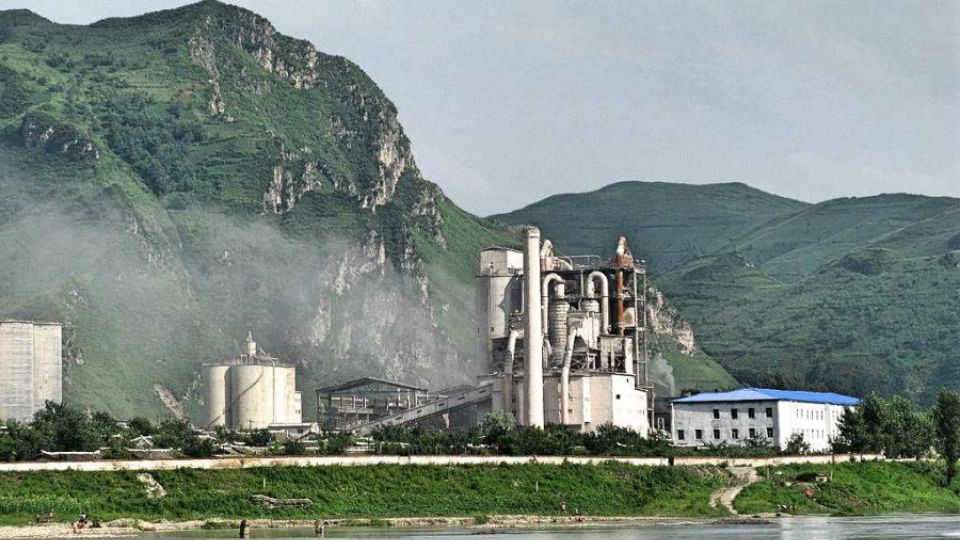The university researcher Nuria Ortuño (University of Alicante, Spain) focuses on the study of cement plant emissions, which co-incinerate waste or alternative waste fuels. Among other things, she focused on the emissions of brominated dioxins (PBDD/Fs) and polycyclic aromatic hydrocarbons (PAHs), and found out that the source of emissions of these substances are the cement plants.
At the 2016 conference in Umea, Sweden, she published the results of a long-term monitoring study of PBDD/Fs and PAHs in a Spanish cement plant. The study was based on long-term sampling and the PBDD/Fs and PAHs analysis of the samples. The DioxinMonitoringSystem™ has been used for one year to evaluate these pollutant emissions in a the gas storage tank of the cement plant under normal operating conditions. The factory with a production capacity of 150 t/h of clinker co-incinerates various wastes in order to achieve a fuel substitution of 40% of the energy obtained. The analysis of ten samples has shown that the total toxic emissions of PBDD/Fs ranged from 0.01 to 0.44 pg TEQ/m3, which corresponds to 0.02 - 0.92 ngTEQ per ton of clinker with an estimated average emission factor of 2094 m3 per ton of clinker.
The analysis of 16 different PAHs (according to the US EPA methodology) showed in three samples that naphthalene was the most abundant substance, whereas benzo[a]anthracene was the only carcinogenic PAH above the detection limit in one sample. All in all, Ortuño noted that the level of pollutant emissions does not seem to be affected by the level of the substitution of conventional fuels by the alternative ones made from waste.
Translation: Markéta Fišerová. Resource: Weidemann, E. et al.14th congress of combustion by-products and their health effects—origin, fate, and health effects of combustion-related air pollutants in the coming era of bio-based energy sources. Environmental Science And Pollution Research, 23(8), 8141-8159.







